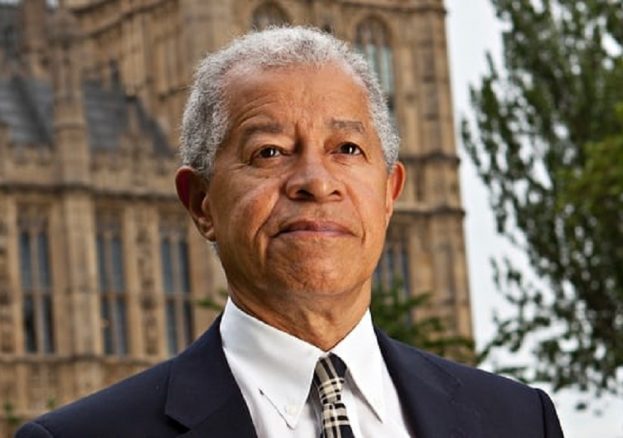
They duly and loyally responded to the “mother country”, many having served in the allied forces during that war. Thus they came, they saw, they served, overcame most obstacles, they stayed and along with their descendants and dependants over the next seven decades, contributed to the change that is now modern Britain in 2018.
The Windrush 500+ arrivees could not have been aware of the welcome in store for them as they stepped on to the shores at Tilbury Docks on 22nd June 1948. For a start, there was no accommodation available until the last minute of negotiations to enable many to settle in air raid shelters in Clapham Common in South London. One occupant of that accommodation, Rene Webb, a former RAF service person, became active in community and social work for deprived young people during the 1970s in Brixton. He was a skilled engineer but had to take what was on offer and spent the rest of his time helping others, a pattern reflected among the lives of many others who settled in the UK from the Carribean .
They had to experience the colour bar, which formally existed until the mid-1960s, when it became unlawful to display signs such as “Job Vacancies: No Blacks, No Coloureds, No Irish need apply” and “Rooms to let, No Blacks, No Coloureds, No Irish, No dogs”! Ruthless landlords offered access to slum housing in the private accommodation on extortionate terms and public housing was a no go area for “Immigrants from the New Commonwealth”, notwithstanding their classification as British subjects from the colonies.
Having to face up to racism was not an unfamiliar experience for the new Black presence in Britain, as they had to cope with racism and exploitation in the colonies of the former British Empire. What was difficult for the indigenous population in responding to the arrival of Black families in their streets and neighbourhoods, was how to overcome their own bias and prejudices inculcated by the hierarchy in a society that denied them the truth and the knowledge they needed to overcome their ignorance about Black people and their historical contribution to Britain.
The Black presence could be traced back to Roman times when, for instance, Hadrian’s Wall was guarded by a Garrison led by African Septimius Serverus.
In Tudor England, towards the end of the 16tht century, it was estimated that there were some 10,000 Africans resident in London. Even though they were largely successful self-contained and self-sufficient African communities, they drew the ire of Queen Elizabeth II, who proclaimed that there were too many “Blackamoors” resident here and should be rid from these shores.
Nowadays we are better informed with facts and recently were enlightened to learn that “Cheddar Man”, from 10,000 years ago, was very dark-skinned, suggesting that the Black presence in Britain may have an even greater significance than previously understood. The obsession with dark skinned immigration therefore was as evident centuries ago as it is today. Coupled with that has been the journey for the Windrush settlers in having to deal with the race hatred and violence on the streets, discrimination in the workplace, biased and oppressive policing, institutional racism, and an unjust criminal justice system.
The challenge to defeat racism and fascism required exceptional leadership from among the Black and Asian communities and necessitated the coming together of progressive white people with the power, influence and the political will to pursue justice for all. While recognising that racism was the main focus of injustices, it was necessary for the race, sex and class struggles to be intertwined to achieve equal access to opportunities for all and especially for those people who are most disadvantaged in society.
The Windrush legacy, as we look forward to life in Britain beyond 2020, is of progressive and better educated multi–ethnic and multi-cultural communities facing up to prejudice, bigotry and ignorance; challenging inequalities and exclusion; and helping Britain to be an inclusive and fair society in which every person is able to live their lives without the fear of harassment, discrimination and exclusion and be able to see ethnic and cultural diversity reflected in all aspects of a modern cohesive society.
